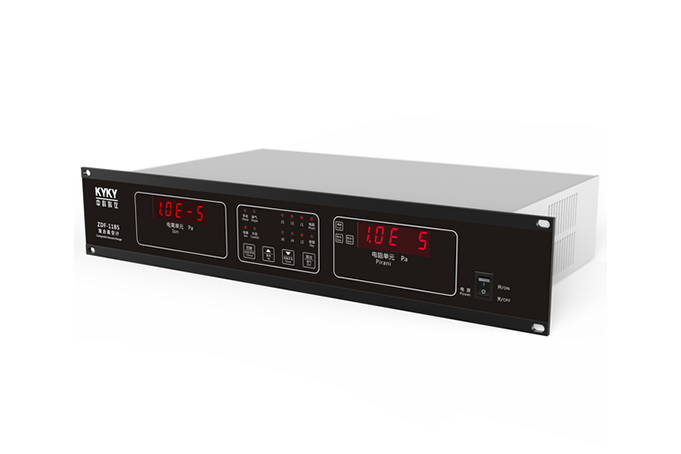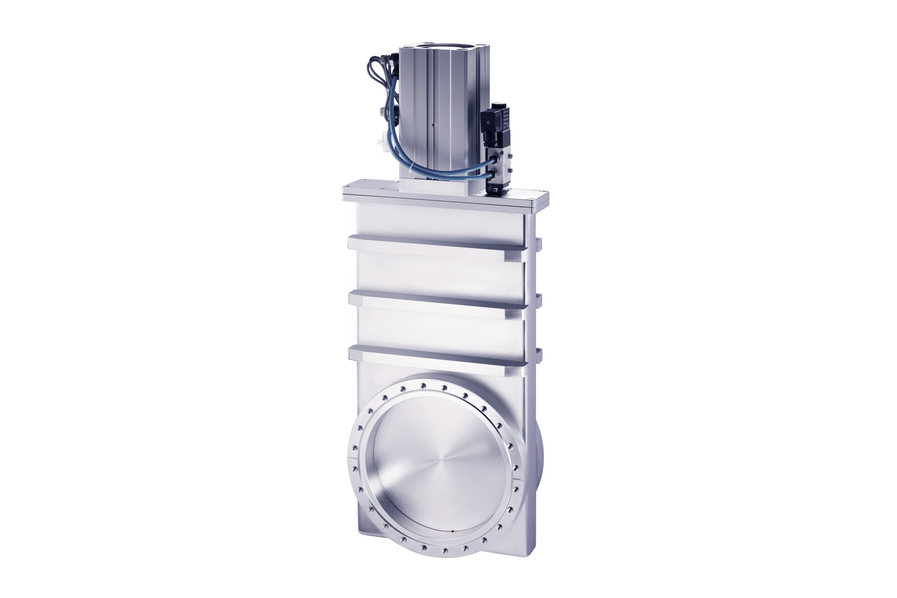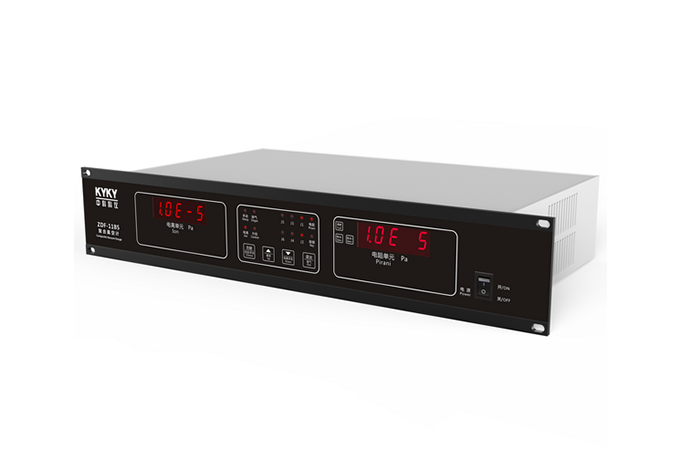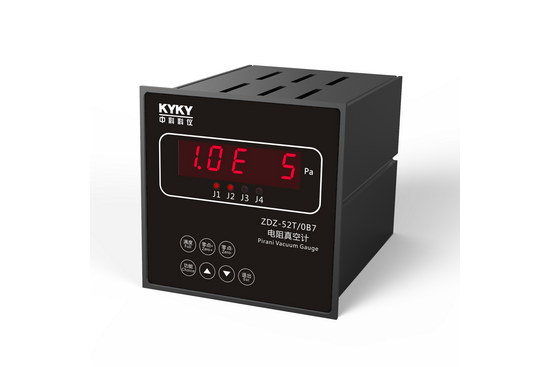China wholesale Helium Sniffer Leak Detector - Helium Leak Detector, ZQJ-3200, Min rate 5*1E-13, Display 5E-13 to 1E-1 – KYKY
China wholesale Helium Sniffer Leak Detector - Helium Leak Detector, ZQJ-3200, Min rate 5*1E-13, Display 5E-13 to 1E-1 – KYKY Detail:
The ZQJ-3200 Helium Leak Detectors are microprocessor-controller leak detecting instruments. All the processes in the instrument are controlled automatically.
Advanteges:
1. Easy operation–Small volume, light weight, compact structure, remote operation panel
2. Multiful interface–Rs232, Digital I/O, USD port
3. Powerful functions–Various test mode, capability of detecting H2. 3He, amd 4He, multiple menu setting
4. Reliable performance–High sensitivity, wide measurement range, high inlet pressure, fast response time
5. Reliable quality–Prolong the service life, resistance of yttrium oxide iridium filament
Specifications:
| Type | ZQJ-3200 |
| Smallest Detectable Leak Rate(Pa•m3/s) | 5×10-13 vacuum mode5×10-10 sniffing mode |
| Leak Rate Display(Pa•m3/s) | 10-13~10-1 |
| Maximum Inlet Pressure(Pa) | 2500 |
| Response Time(s) | ≤2 |
| Run-up Time(min) | <3 |
| Power | 230 VAC±10%/50 Hz |
| 120V±10%/60 Hz,10A | |
| Working Temperature and Relative humidity | Working Temperature 10~35℃,realtive humidity ≤80% |
| L*W*H(mm) | 550×460×304 |
| Weight(kg) | 44 |
Methods:
Vacuum Method
In the vacuum method test gas is blown against the wall of the evacuated sample from the atmosphere side. It enters the sample at leaks and is fed to the leak detector.
The sample must be vacuum pressure-proof.
The sensitivity stages GROSS —FINE—ULTRA are run through.
The detection limit is lower than in the sniffing method. The helium concentration at the leak must be known in order to quantify the leak. The state of equilibrium must be waited for.
Sniffing Method
In the sniffing method the test gas escaping from leaks in the sample into the atmosphere is detected.
The sample must withstand the applied test pressure.
In operation with the sniffing probe a constant gas flow is sucked in from the atmosphere. The helium proportion of the air (5.2 ppm) causes a leak rate display of approx. 1*10-6 mbar l/s which can be eliminated by the ZERO function.20 3 Description Operating Instructions, ikna88en1-01, 1605
To detect a leak, the sniffing probe is applied to the points of the sample under helium overpressure which are suspected of leaking. An increased leak rate value indicates an increased concentration of helium and therefore a leak. The higher the pressure and the helium concentration in the sample, the smaller the leaks which can be detected.
The sensitivity stages GROSS—FINE are run through.
The detection sensitivity and the quantifiability of the leak rate are less favourable than in the vacuum pressure leak detection.


Product detail pictures:



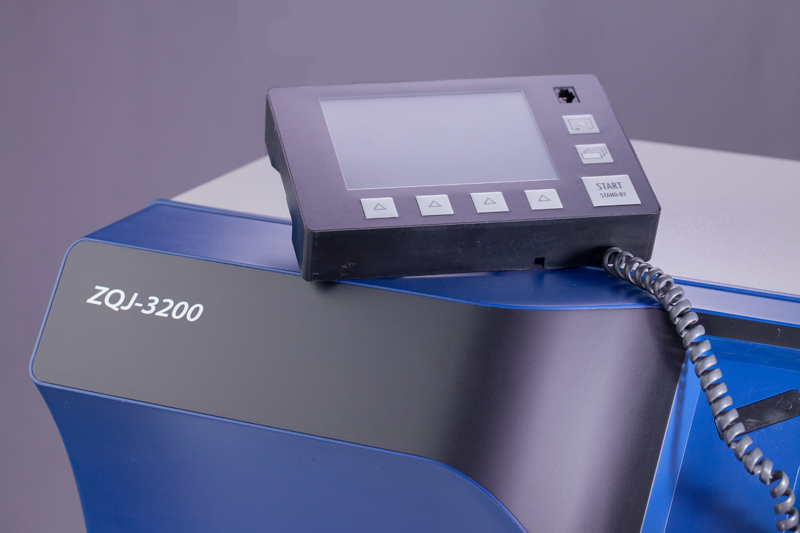


Related Product Guide:
Our company aims to operating faithfully, serving to all of our customers , and working in new technology and new machine constantly for China wholesale Helium Sniffer Leak Detector - Helium Leak Detector, ZQJ-3200, Min rate 5*1E-13, Display 5E-13 to 1E-1 – KYKY , The product will supply to all over the world, such as: Sweden, Victoria, Orlando, Satisfaction and good credit to every customer is our priority. We focus on every detail of order processing for customers till they have received safe and sound solutions with good logistics service and economical cost. Depending on this, our solutions are sold very well in the countries in Africa, the Mid-East and Southeast Asia.
The factory technical staff not only have high level of technology, their English level is also very good, this is a great help to technology communication.

